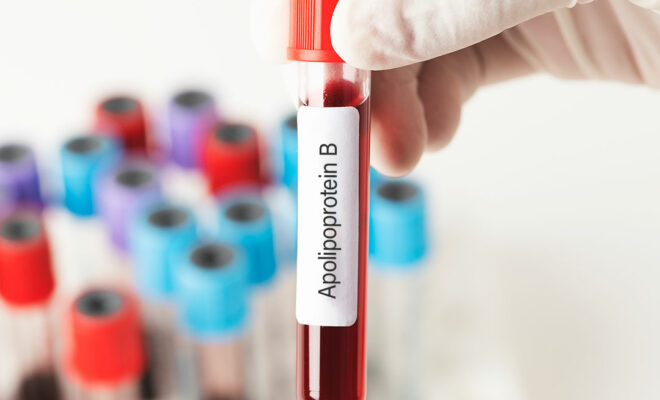Anemia (Anemia)

Anemia (or anemia as it is commonly called) means a decrease in the number of red blood cells (red cells) circulating in the body and a corresponding decrease in hemoglobin and hematocrit concentration. Anemia is a common condition frequently seen among the public. Anemia can have three causes:
– Insufficient red blood cell production
– Excessive red blood cell destruction
– Blood loss
Generally, the most common phenomenon in cases of anemia is iron deficiency. So, anemia due to iron deficiency is the most commonly observed type of anemia. However, being the most common does not necessarily mean that the source of the problem is iron deficiency. Anemia is a phenomenon whose source must be investigated by evaluating the person's age, gender, ethnicity and genetic structure.
World Health Organization, anemia
Hemoglobin below 12 g/dL in women
Hemoglobin below 13 g/dL in men defined as concentration.
After diagnosing anemia based on hemoglobin level, the type of anemia must also be investigated. One of the most important markers in this research is the blood marker called MCV. MCV (mean corpuscular volume) is a parameter that measures the volume of an average red blood cell. In case of low hemoglobin level, usually the next step is to check the MCV level. Since both parameters are already included in the complete blood count, this parameter can be checked without the need for an extra examination. Anemia Classification According to Morphological Structure is shown in the table below:
 * Anemia of chronic disease usually causes low MCV in the advanced stages. It can occur in chronic inflammatory diseases such as arthritis, Lupus, Tuberculosis or certain cancers.
* Anemia of chronic disease usually causes low MCV in the advanced stages. It can occur in chronic inflammatory diseases such as arthritis, Lupus, Tuberculosis or certain cancers.
** Chronic disease appears as normocytic anemia in the initial stages.
Clinical Findings and Examinations
Pallor (pale color on the palate, inside the eyelid)
Easily getting tired and out of breath
Desire to eat ice or non-food items that have no nutritional value
Muscle pains
heartache
Tachycardia / Increased pulse rate / Rhythmic sound in the ear
In chronic diseases, in addition to these findings, problems such as enlargement of the liver or spleen may also be observed.
One or more of these symptoms may manifest themselves. The same symptoms are not observed in every individual, and symptoms may differ depending on the type and level of anemia. Most of the time, the only symptom is early fatigue.
When looking at clinical findings, it is also very important to investigate the patient's medical history. In particular, the following elements should be mentioned:
– Bleeding (recent surgery, trauma, blood in the stool or heavy menstrual bleeding in women)
– Chronic diseases (rheumatic diseases, cancer)
– Use of certain medications
– Genetically transmitted anemia or hemophilia diseases
– Alcohol use
In cases of anemia caused by iron deficiency, hemoglobin and MCV levels tend to be below normal. If there is no known genetic family history, chronic disease or recent medication use, iron deficiency is the first thing that comes to mind. To diagnose iron deficiency, it is necessary to have a blood test and examine the following parameters:
- Iron
– Ferritin
– Total iron binding capacity
Suspicion of iron deficiency will increase in cases where the ferritin level is low and the total iron binding capacity is high. In cases where the ferritin level is normal or high, and if the binding capacity is normal or below normal, the possibility of thalassemia carrier status can be considered.
Treatment
Treatment will vary depending on the cause of the anemia. While iron supplementation may be appropriate in some cases, EPO supplementation may be considered in cases of chronic renal failure, vitamin B6 supplementation in cases of sideroblastic anemia, and blood supplementation in case of blood loss. It is not right to use iron supplements or try to correct anemia with other methods without investigating the cause. If anemia is suspected, consult your doctor and have the necessary tests done.
















